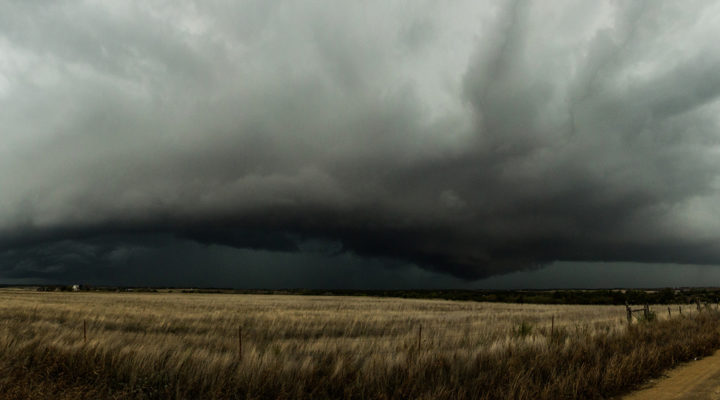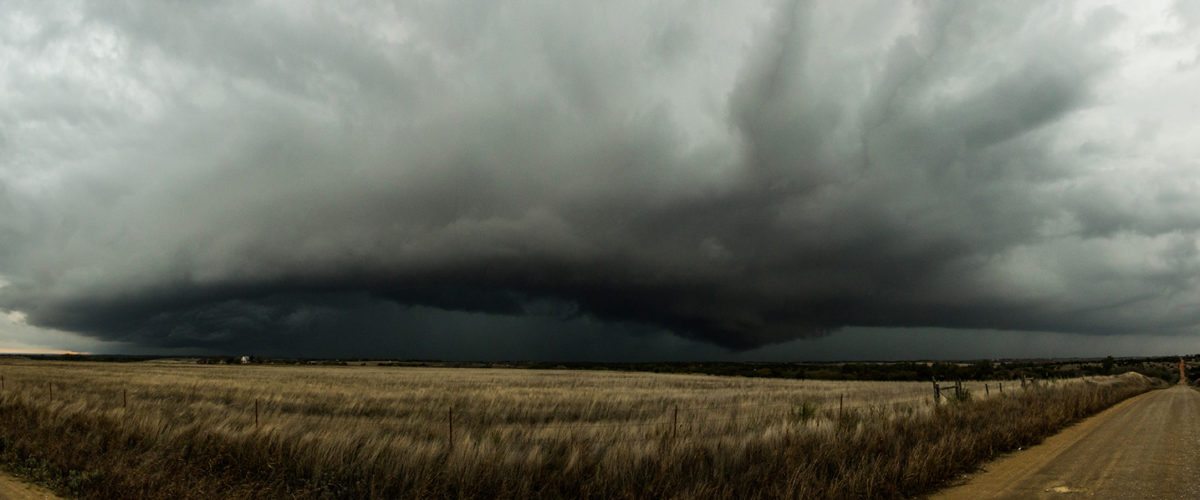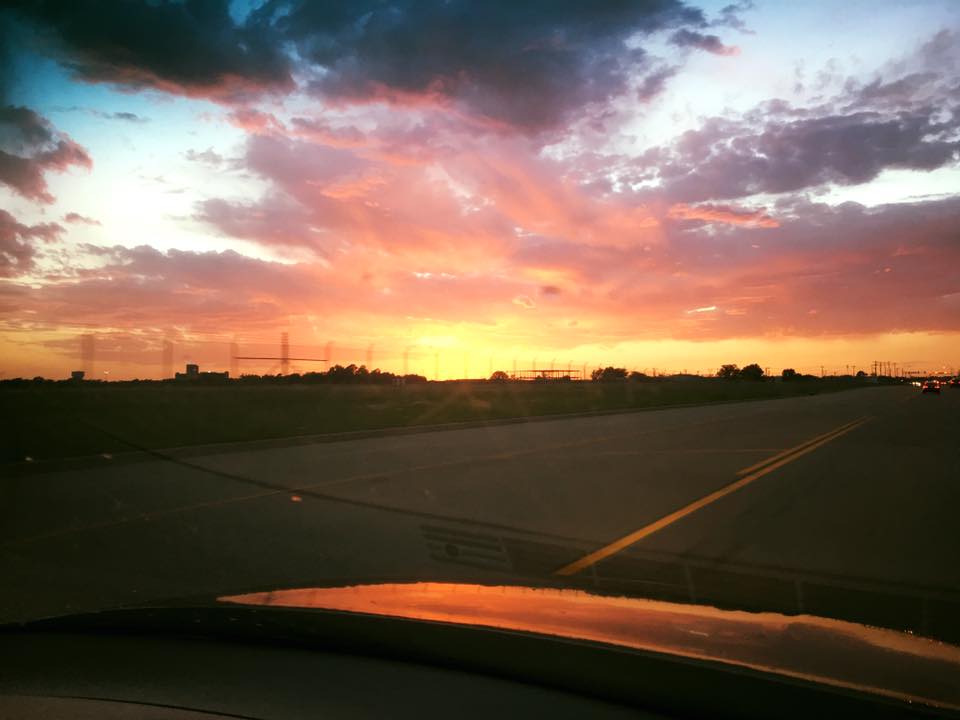Mitch Randall’s Facebook posts read much like those of any other minister, complete with links to audio sermons and youth group videos, kudos to family and church members and steady reminders of ministry needs and volunteer opportunities.
But Randall, pastor of NorthHaven Church in Norman, Okla., frequently turns to a more ominous subject: the often-deadly weather of the Sooner State.
Among Oklahomas, the topic generates more comments than it does likes — just as it did Monday when twisters killed two people and prompted Gov. Mary Fallin to declare a state of emergency in 15 counties.
Randall spent that afternoon glued to a church window from which he shot videos he posted with warnings about the looming system.
“Storm west of Norman, OK,” read a post Monday afternoon. “Storm entering Moore,” read another a few minutes later.
About 20 minutes later the storm had produced a tornado. “South Central OK … reports ½ to 1 mile wedge tornado on the ground,” Randall posted. Then: “Tornado east of Norman. Take cover.”
‘Completely non-stop’
In states like Oklahoma, Texas and others accustomed to Mother Nature’s meaner side, ministers and church members, like the rest of the population, have gotten savvy using technology to stay safe — or at least try.
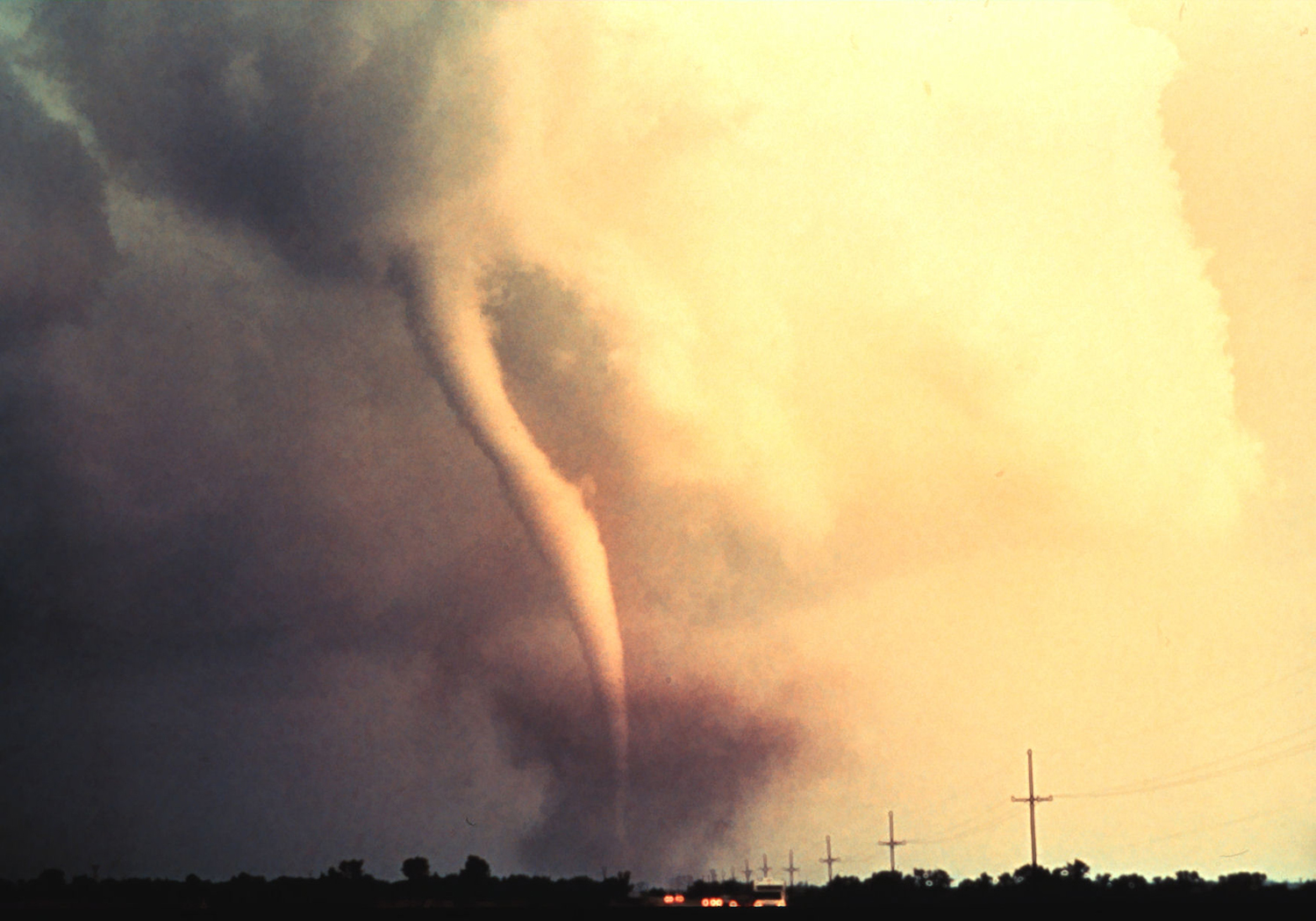
A twister touches down in Oklahoma. Social media has become pivotal in warning residents about dangerous weather. (Photo/NOAA)
Cell phone applications have kept pace with, and helped drive, that know-how. Apps like Tornado Alley, TornadoSpyLife and Tornado Tracker are just a few. Several also are available from government agencies like NOAA.
The need is strong in several places.
East Texas is among them after being hit by destructive weather over the weekend. In Hawkins, some 50 homes were damaged by a tornado, said Terry Henderson, state disaster relief director for Texas Baptist Men.
While TBM and other agencies are rushing to that area to help, they also are continuing flood recovery work in Houston, Orange and other parts of the state.
“Since December it has been completely non-stop,” Henderson said of destructive weather events. “Just in 2016 we have not yet had time to stop and take a break.”
That old-fashioned social media
Twisters have kept Virginians busy, too, said Aaron Lee, disaster response coordinator for the Baptist General Association of Virginia.
One job before them is a two-year effort to recover from eight twisters that rolled across a dozen Virginia counties in February, Lee said.
BGAV disaster officials also are focused on recovery efforts in southwest Virginia, which was hit with flooding last summer. And a team was sent three weeks ago to help flooding victims in Louisiana.
In the areas impacted by recent tornadic activity, Lee said immediate response was initiated in rural areas by “the good old social media of who knows who.”
In one town, the ecumenical ministerial alliance was instrumental in alerting denominational recovery agencies.
“They know each other and could start some of these conversations that put the opportunities into place to bring disaster response to the table,” Lee said.
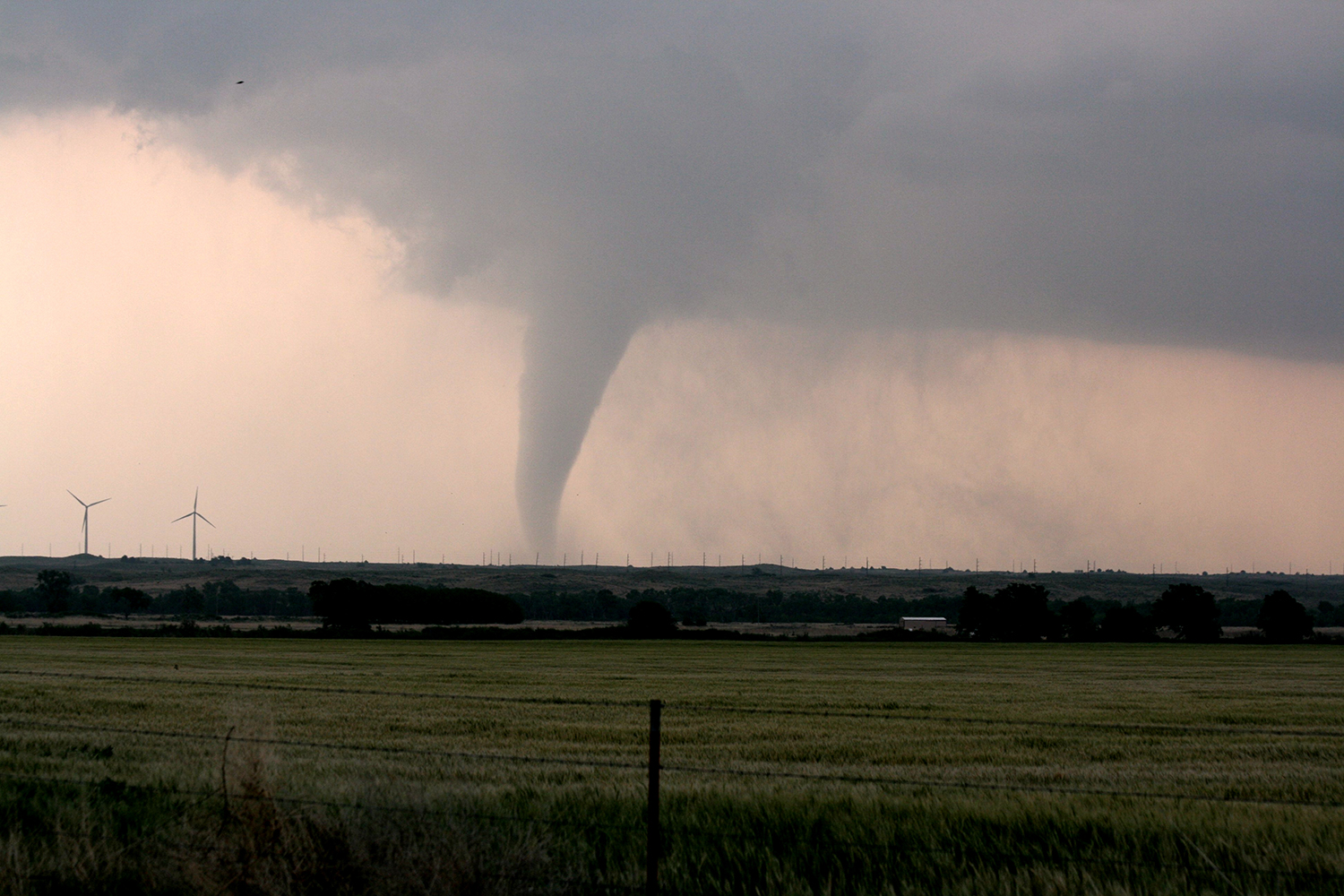
A twister touches down in Oklahoma. Social media has become pivotal in warning residents about dangerous weather. (Photo/NOAA)
Beauty amid anxiety
In Oklahoma, Randall agreed that existing ecumenical and interfaith relationships are important not only in responding to disaster, but even keeping people out of harm’s way during catastrophic events.
“Those things become invaluable where we are.”
And social media has another role before, during and after disasters, Randall said.
“There is no doubt that a virtual chaplaincy is taking place on social media.”
That happens when ministers and churches issue alerts and when they are able to contact relatives and friends in impacted areas, he said.
It was with that ministry in mind that he posted a photo of a sunset on Monday evening.
“After a difficult day, God gives us this,” Randall said of the sunset. “Even with the the high anxiety and struggles that come with living in tornado alley, there are moments of beauty.”

